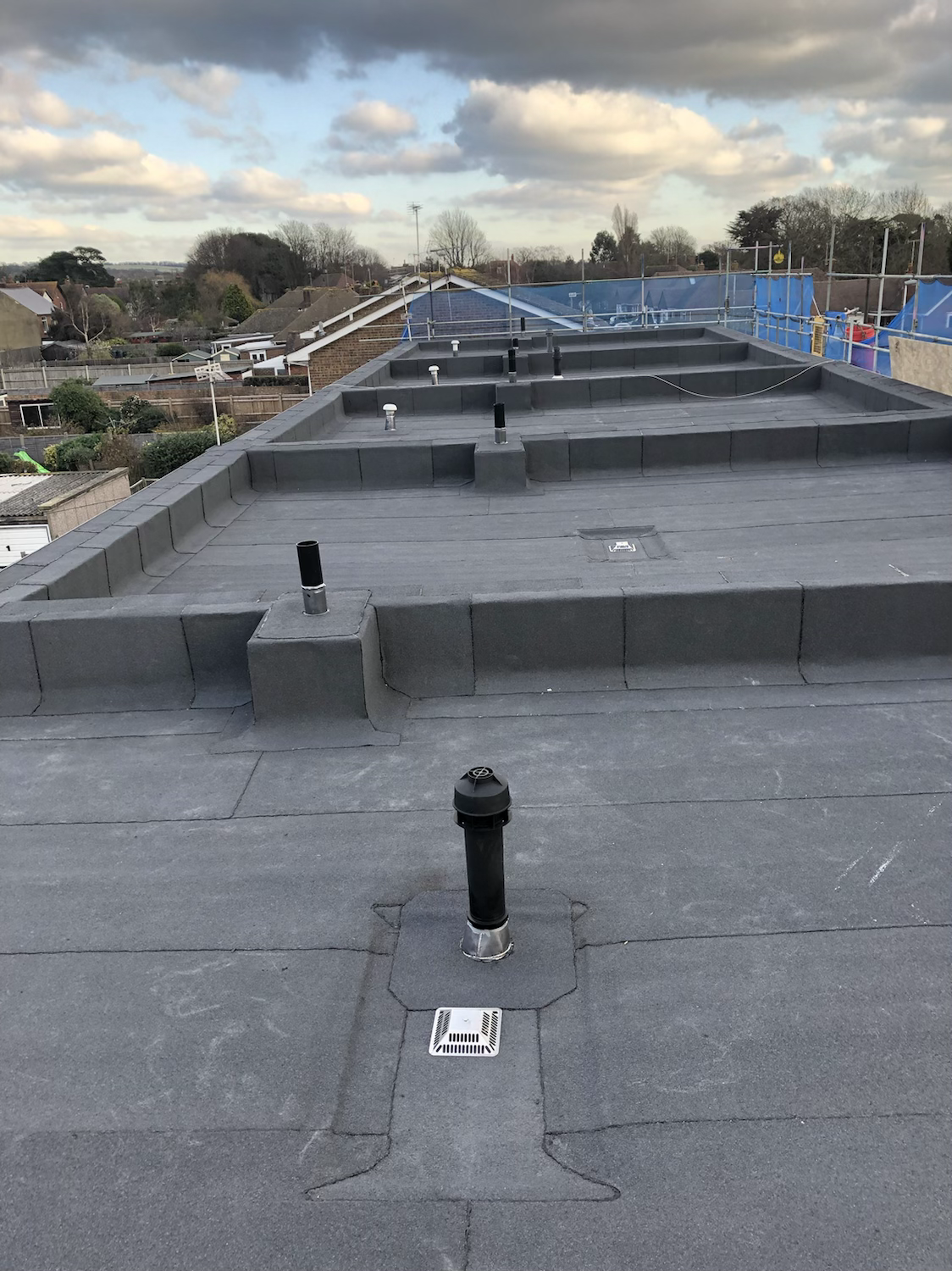Dispelling Common Misconceptions: Unveiling the Truth Behind Roof Ventilation Myths
- Matt Rayner

- Oct 23, 2024
- 4 min read
Roof ventilation is vital for any home. It plays a key role in energy efficiency, extends the life of roofing materials, and enhances indoor air quality. Despite its importance, many homeowners hold misconceptions about roof ventilation’s necessity and functionality. This blog post aims to clarify these myths, providing reliable information grounded in expert insights and research.
Understanding Roof Ventilation
Roof ventilation refers to a system that allows air to circulate within the attic space of a building. A well-ventilated roof helps reduce heat buildup in the summer and prevents moisture accumulation in the winter.
The main goal of roof ventilation is to maintain a balanced flow of air. This balance helps avoid the harmful effects of excessive heat and humidity. Many homeowners incorrectly understand the role and effectiveness of roof ventilation, leading to misguided choices regarding their roofing systems.
Myth 1: Roof Ventilation Is Only Necessary in Hot Climates
Some believe that roof ventilation is only important in areas with extreme heat. This misconception overlooks the critical role of ventilation in colder climates.
In fact, inadequate ventilation in snowy regions can lead to significant issues. For example, when warm air gets trapped in the attic, it can cause snow on the roof to melt. This melted snow refreezes at the eaves, creating ice dams. In the U.S., ice dams lead to nearly $1 billion in damages each year. Moreover, poor ventilation increases humidity levels, which can result in mold growth—a serious concern that affects 10 to 30% of homes in the U.S.
Regardless of climate, effective roof ventilation is essential for protecting your home.

Myth 2: More Ventilation Means Better Performance
A common idea is that adding more vents will automatically enhance roof ventilation. However, this is not always the case.
Each roofing system requires a careful balance of intake and exhaust vents. Adding too many vents can disrupt airflow patterns, failing to effectively remove heat and humidity. For example, a roof might require one square foot of vent area for every 300 square feet of attic space, according to the Building and Code Agency.
It’s best to consult with professionals who can assess your specific roofing needs.
Quality matters more than quantity when it comes to roof ventilation.
Myth 3: Roof Ventilation Causes Air Leaks
Homeowners often worry that roof ventilation will create air leaks, raising energy costs. In reality, when designed and installed properly, roof ventilation does not contribute to air leaks.
Effective ventilation can actually lower the risk of air leakage by regulating attic temperatures. When the attic remains cooler, it helps keep the overall home temperature stable. This balance can reduce the need for heating or cooling, resulting in energy savings of up to 30% on your bills.
Proper ventilation helps your home run efficiently and reduces costly energy loss.
Myth 4: Roof Ventilation Is Not Necessary for New Homes
It’s misleading to think that newer homes don’t need roof ventilation.
Even new homes, built with modern materials, still benefit from ventilation to manage moisture levels and promote airflow. Studies show that homes with effective ventilation can improve energy efficiency by as much as 15% compared to those without. Additionally, even homes equipped with advanced insulation technologies need ventilation systems to extend the life of roofing materials.
Ventilation should be a priority for all homes, regardless of their age or construction type.
Myth 5: All Roof Ventilation Systems Are the Same
Many assume that all roof ventilation systems are interchangeable. However, there are various types, each designed for specific needs.
Common ventilation options include ridge vents, soffit vents, gable vents, and turbine vents. For instance, ridge vents work best on sloped roofs, while soffit vents can help draw air in at the eaves. When used together, they can maximize airflow efficiency.
Choosing the right ventilation type for your roof design and climate is crucial for effectiveness.

The Importance of Professional Assessment
Recognizing the myths surrounding roof ventilation is just the start. The next step is to get a professional assessment of your roof’s ventilation needs.
A roofing expert can evaluate your ventilation system and identify potential concerns. They have the knowledge and tools necessary to ensure your roofing system operates efficiently and effectively. An annual assessment is recommended, especially for homes older than 10 years.
Benefits of Proper Roof Ventilation
Prioritizing roof ventilation brings advantages that go beyond dispelling myths:
Energy Efficiency: Proper ventilation helps regulate temperature indoors, reducing dependence on heating and cooling systems.
Longevity of Roofing Materials: By preventing heat and moisture buildup, you can extend the lifespan of your roof by 20% or more.
Indoor Air Quality: Ventilation improves air quality by lowering humidity and eliminating odors, leading to a healthier home.
Mold and Mildew Prevention: Effective ventilation lowers the chance of moisture-related problems, reducing the risk of mold.
Focusing on these benefits highlights why effective roof ventilation is vital for home maintenance.
Be Informed and Proactive
Understanding the truths about roof ventilation is crucial for making informed decisions about your home. By dispelling these common misconceptions, homeowners can appreciate the important role ventilation plays in maintaining a safe, efficient, and comfortable living space.
For those considering roofing improvements, consulting with a professional is key to finding tailored solutions. Prioritize roof ventilation as an investment in your home’s longevity and efficiency.
Stay proactive about your roof ventilation needs and educate yourself on these myths for a safer and more comfortable home.





Comments